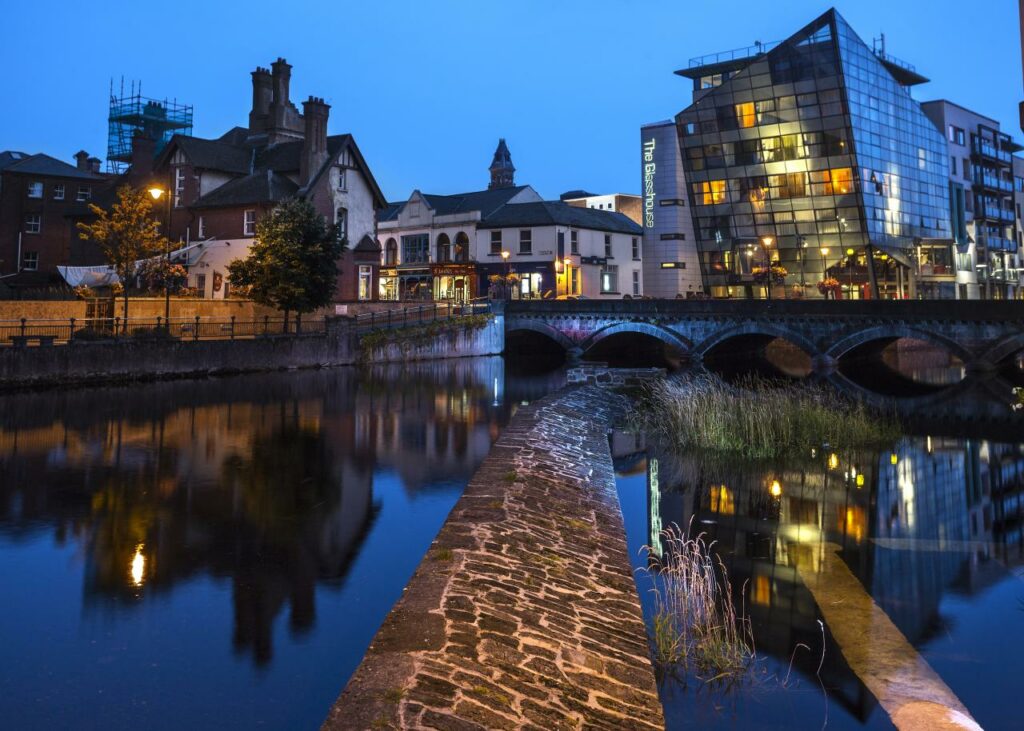
The city never sleeps — or at least, it shouldn’t anymore. As European city centres look to bounce back after the pandemic, the night has emerged as a powerful but often overlooked driver of urban vitality. Through cultural innovation, public policy and new models of local governance, a shift is underway: one that reclaims the night as part of the city’s pulse — not a pause in its rhythm.
From Party to Policy: A Shift in Perspective
Urban nightlife has long been framed as a source of noise, risk or marginality. But that narrative is changing. In Berlin, the appointment of a Night Mayor in 2012 helped pave the way for a growing network of night-time governance across Amsterdam, Zurich, Brussels and Paris. These roles act as mediators between authorities, residents and nightlife stakeholders, giving structure to a sector that had long operated in the shadows.
Today, the night is seen as a space of opportunity — economically, socially and culturally. Governments are taking notice. In 2023, France unveiled a national action plan for a safer, more inclusive and more creative nightlife, marking a turning point in how cities approach the urban night.
Culture as a Catalyst for Night-Time Vitality
Theatres, clubs and museums have always been part of the city’s cultural DNA. But today, they play an expanded role: fuelling regeneration and social connection. Cities like Paris and Tallinn are investing in soundproofing, extended hours and funding support, ensuring these institutions can operate sustainably and inclusively after dark.
In Montreal, this strategy has been scaled up. The Quartier des Spectacles, home to over 80 venues and dozens of festivals, now functions as a 24-hour cultural engine. The city’s night policy allows for extended licenses and targeted support for events that animate the district at night — proving that culture and coexistence can go hand in hand.
Elsewhere, initiatives like late-night museum hours or evening library programming are opening up culture to broader audiences. In London, the National Gallery stays open until 9pm on Fridays; in Rome, public libraries double as calm study spaces after dark. These practices rethink how — and when — people connect with city life.
Safety and Inclusion: Foundations for a Night That Works for All
A thriving night-time economy must also be a safe one. That’s the idea behind the Purple Flag — a certification awarded to over 70 towns and cities across the UK, Ireland, Sweden and Australia for excellence in managing night-time environments. The criteria? Safety, cleanliness, diversity and strong local partnerships.
But safety is about more than surveillance — it’s about trust, design and social presence. In London, the Women’s Night Safety Charter provides venues with practical tools to make women feel safer at night, including staff training and better lighting. It’s an approach that blends prevention with empowerment.
Amsterdam takes a community-based path. “Night hosts” in areas like Rembrandtplein serve as both mediators and guides — trained to diffuse tension, support visitors and enhance the overall experience of the night. Similar models in Milan and Osijek reflect a shared belief: night-time strategies must be co-created with those who live and work after dark.
No city transforms alone. European networks are helping municipalities experiment with new ways of managing night-time urban life — grounded in local ownership, inclusivity and exchange.
In Málaga, the SoHo district has undergone a cultural renaissance, anchored by the reopening of the SoHo Theatre. With support from the CIEDES Foundation, this project revitalised a once-declining area near the historic centre, guided by deep consultation with residents and local creatives.
In Sligo (Ireland), pilot efforts under a new night-time economy strategy have brought vacant premises back to life as spaces for art, dialogue and participation. The initiative made a point to involve minority and disabled communities — proving that the “right to the night” must be a right for all.
And in Genoa, night-time regeneration efforts are focused on libraries and civic hubs, co-designed with local associations and business owners. The aim: to make Europe’s largest medieval centre more vibrant and accessible after dark — not just busier.
Night-Time is City Time
As cities reimagine their future, night-time emerges not just as a time of risk, but as a time of possibility. Through cultural innovation, regulatory reform and community engagement, Europe’s city centres are learning to stay open, inclusive and alive after sunset.
The message is clear: a vibrant city by day cannot afford to shut down at night.
More Information
